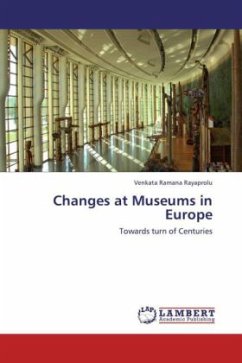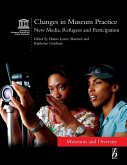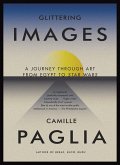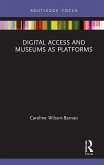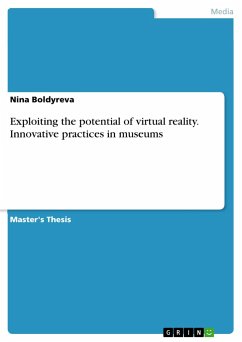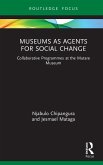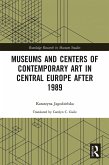With a few exceptions, Museum is perceived as a quaint place of classic refinement and elegance to spend a quiet day. Conspicuous political, economical and technological changes in communication of information that allowed greater access and participation by public from 1980s across the world have led to radical changes in all walks of life, permeating even the seemingly reclusive institutions such as museums, which enjoyed patronage of governments in most parts of the world, as in Europe. This work attempts to explain how the new world order of competitiveness and private participation influenced these unique cultural entities to undergo changes and survive in the new scenario. It chronicles development of variety museums, changes in their physical appearance and economic structure; and the role of professional associations and instituted prizes and awards in motivating and promoting museums and galleries. Changes initiated, experimented and implemented at museums in Europe not only ushered in desired changes in the image, structure and functioning of these cultural institutions; but also continue to influence and inspire museums seeking inception or adaptation across continents.
Bitte wählen Sie Ihr Anliegen aus.
Rechnungen
Retourenschein anfordern
Bestellstatus
Storno

